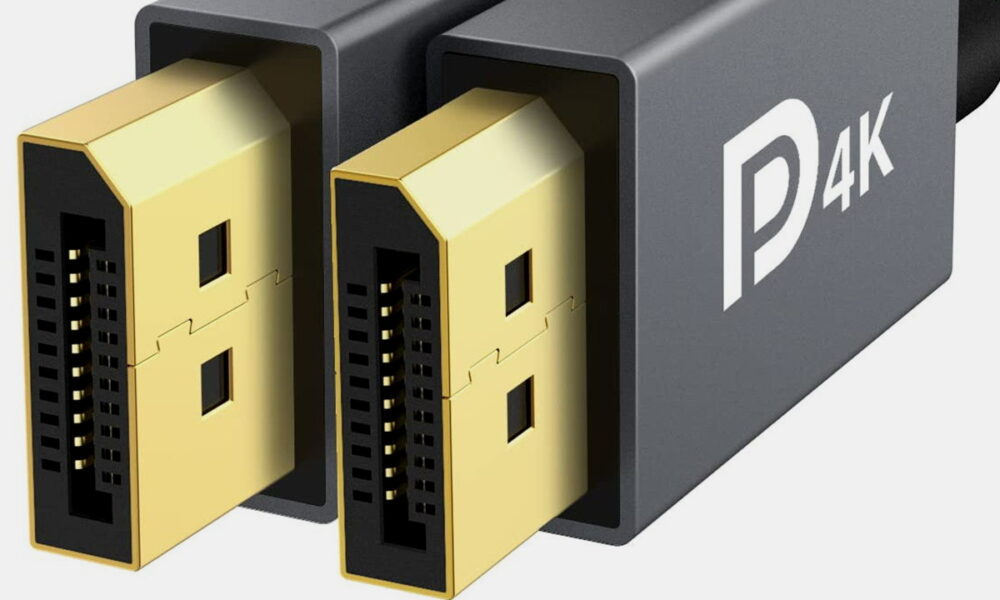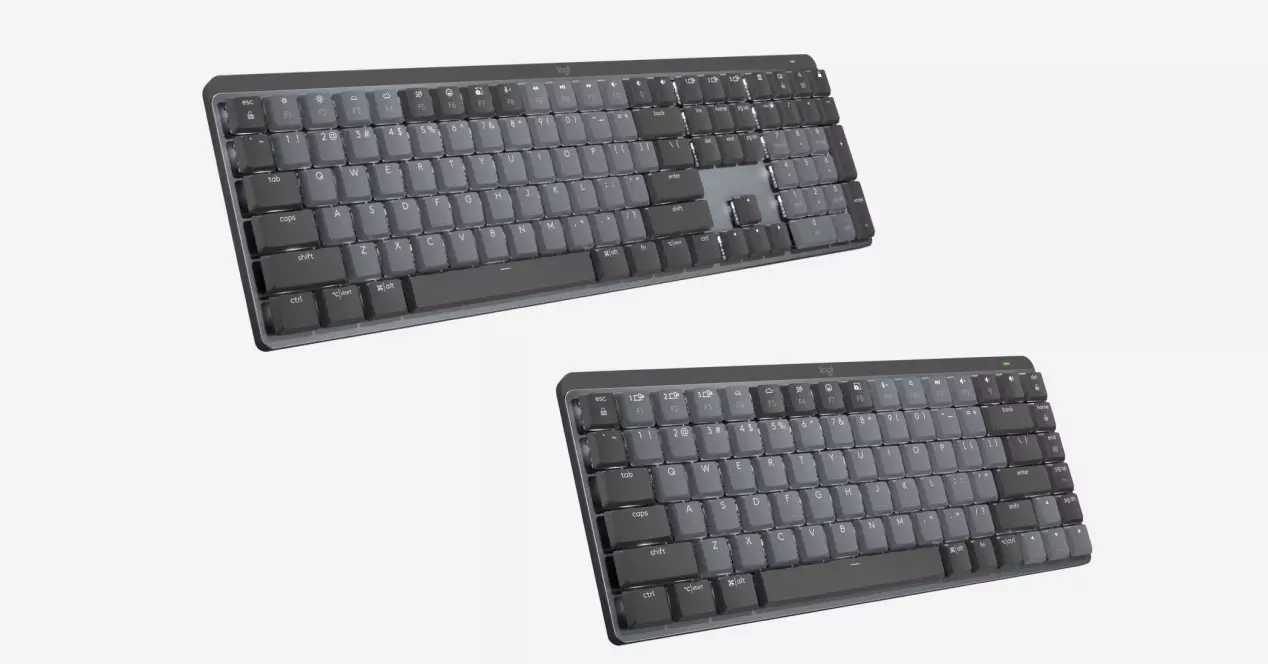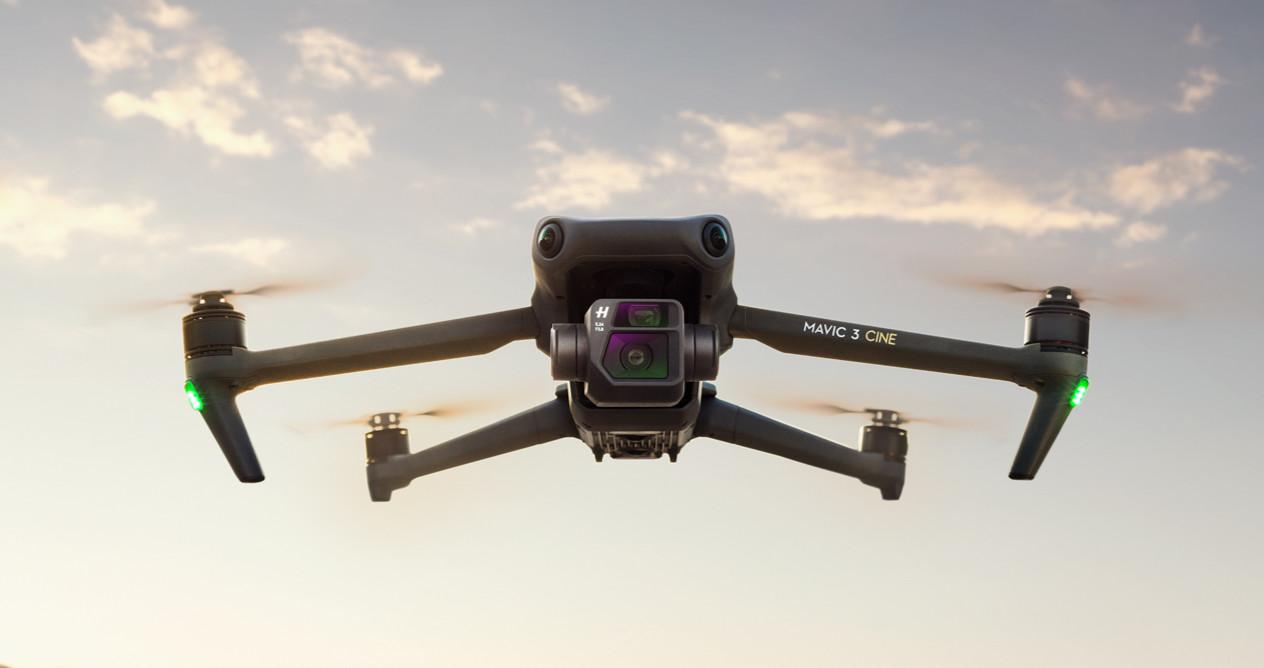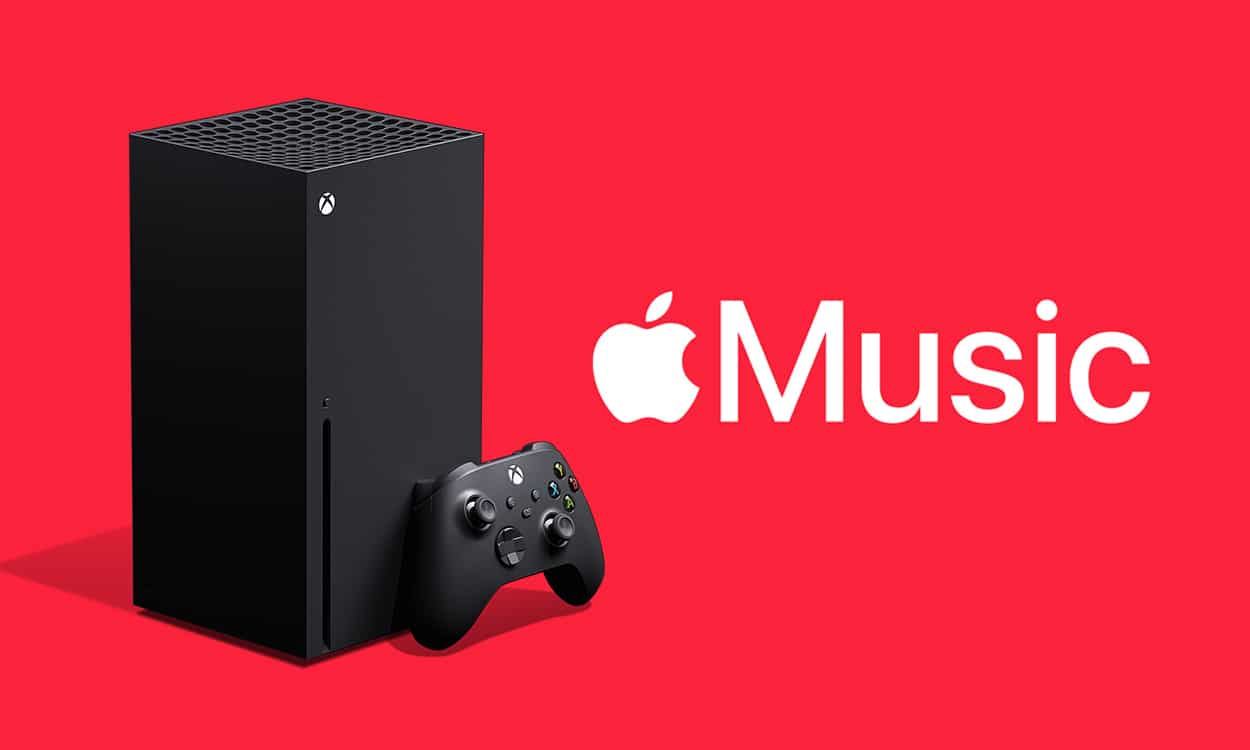
The VESA association has announced Display Port 2.1, the new version of the most advanced display interface on the market, which has in the convergence with USB its greatest novelty.
Display Port 2.1 is backwards compatible with the current version DP 2.0 which it will replace. VESA says it has been working with its partners to ensure that all products under the standard, including higher-capacity UHBR (ultra-high bit rate) products such as dedicated graphics cards or docking stations, are compatible with the new version.
The new specification focuses on improving integration with both the USB Type-C connector and the latest approved standard for the technology industry’s most popular device and peripheral interconnection port, a USB4 that is expanding in the world. consumer market.
VESA says that achieving a robust, end-to-end visual experience for the user remains YOUR top priorityeither through a native DisplayPort cable, through DisplayPort Alternate Mode (DisplayPort over USB Type-C connector), or through a tunnel over the USB4 link for which Display Port 2.1 has added a new management feature of bandwidth to allow the DisplayPort tunnel to coexist with other I/O data traffic over the USB link4.
The organization behind the standard has taken advantage of the new version to update native DisplayPort cabling specificationpromising increased robustness to deliver greater robustness, improved connectivity, and longer cable lengths for both the full-size connector and Mini DisplayPort without dropping bitrates.
In this way, VESA-certified DP40 cables support UHBR10 (10 Gbps) link speeds with four lanes, providing a maximum throughput of 40 Gbps, while DP80 cables double the UHBR20 (20 Gbps) link speed, which which will provide a maximum throughput of 80 Gbps.
For the rest, the version maintains the general features of Display Port 2.0 and its stratospheric bandwidth of 77.37 Gb/s. It supports refresh rates of 144 Hz in 4K, 120 Hz in 8K and supports up to 16K (30 Hz).
Important that the most advanced display interface in the industry, far surpassing the performance of HDMI, keep improving. AMD’s new generation of Radeon RX 7000 graphics cards are expected to be the first products to support Display Port 2.1.




